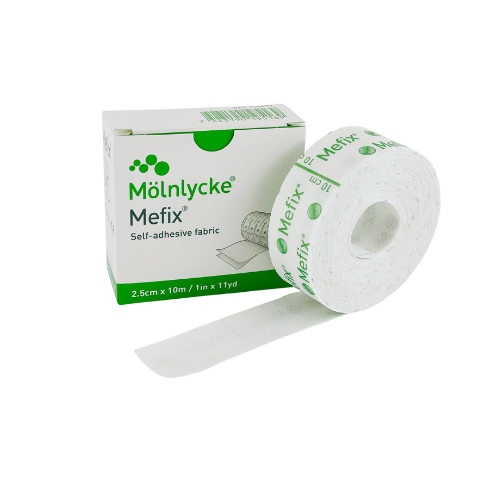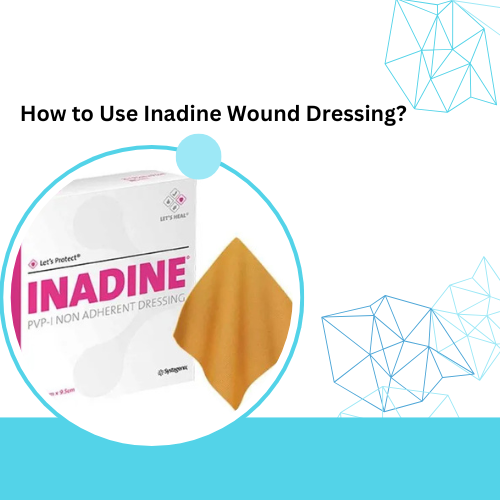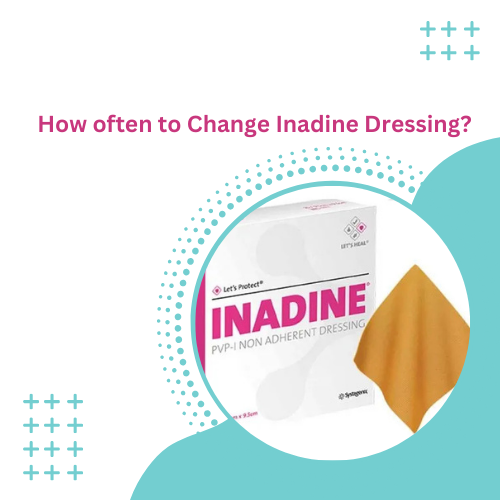Piercings have become a popular form of self-expression, and it’s no surprise that many children ask for them. Whether for cultural reasons, personal style, or simply to follow trends, parents often face the decision of whether to allow their child to get pierced. Ensuring your child’s health and safety is paramount, as even common piercings carry risks if not done properly.
In this guide, we’ll cover everything you need to know before getting your child’s ears pierced to ensure a safe and informed experience.
Understanding the Right Age for Piercings
One of the most frequently asked questions by parents is, “What age is appropriate for a child to get pierced?” There’s no one-size-fits-all answer, as the decision often depends on cultural, personal, or religious beliefs. Some cultures pierce infants’ ears shortly after birth, while others wait until the child expresses an interest.
What Do Medical Professionals Say?
From a medical standpoint, many pediatricians recommend waiting until the child is at least six months old for ear piercings. This allows the immune system to develop, reducing the risk of infection. For body piercings—such as the nose, navel, or cartilage—it’s generally advisable to wait until the teenage years due to longer healing times and increased health risks.
It’s also important to assess your child’s maturity level. They should be capable of handling the aftercare responsibilities, such as cleaning the piercing regularly and looking out for signs of infection.
Possible Risks and How to Minimize Them
While piercings are generally safe when performed correctly, they do come with risks. Being aware of these potential complications can help you take steps to minimize them.
Infections
Infections are the most common complication. These can usually be prevented by ensuring the piercing is done in a sterile environment and by adhering to proper aftercare instructions.
Allergic Reactions
Some children may have allergic reactions to metals such as nickel. Choosing hypoallergenic jewelry can help avoid this issue.
Keloids
Keloids, or raised scars, can form around the piercing, particularly in children with darker skin tones. If your child has a history of keloid formation, consult a dermatologist before proceeding.
Jewelry Getting Caught
Active children may risk their jewelry getting caught on clothing or objects, which can lead to injury. Opting for small, simple studs reduces this risk.
Choosing a Reputable Piercing Professional
The safety of your child’s piercing depends largely on who performs it. Never attempt piercings at home or in unregulated environments, as improper techniques and unsanitary tools can lead to infections or worse complications. Always choose a professional piercer who follows strict hygiene protocols.
Factors to Consider When Choosing a Piercer:
- Licensing and Certification: Ensure the piercer is licensed and certified. This ensures they have the necessary training in health and safety protocols.
- Hygiene Practices: The piercing studio should be clean, with the piercer using sterilized tools and wearing gloves. Single-use needles should be employed for each piercing. Avoid using piercing guns, except for earlobes, as they can damage tissue and increase infection risks.
- Experience with Children: Not all piercers are experienced in working with children. Choose someone who has worked with young clients to ensure a comfortable and safe experience for your child.
The Piercing Process: What to Expect
Knowing what to expect during the piercing process can help alleviate any anxiety you or your child may have.
Preparation
The piercer will first clean the area and mark the exact spot for the piercing. You’ll have the opportunity to confirm the placement before proceeding.
The Piercing
A sterilized hollow needle is typically used for the piercing, and the process only takes a few seconds. While there might be some discomfort or pain, preparing your child for this can help manage expectations.
Aftercare Instructions
After the piercing, the piercer should provide detailed aftercare instructions. These include how to clean the piercing, which cleaning solutions to use, and signs of infection to watch for.
Choosing the Right Jewelry
Selecting the right jewelry is crucial to ensuring proper healing and preventing allergic reactions. For a child’s initial piercing, it’s best to use hypoallergenic materials. Avoid nickel, which is a common allergen.
Recommended Jewelry Materials:
- Surgical-Grade Stainless Steel: Hypoallergenic and resistant to corrosion, making it one of the safest options.
- Titanium: Lightweight and hypoallergenic, titanium is ideal for children with metal sensitivities.
- Gold: If opting for gold, ensure it is at least 14 karats and free from nickel. Avoid gold-plated jewelry for initial piercings, as the plating can wear off and expose the underlying metal.
For younger children, simple studs are often the best choice, as they are less likely to get caught on clothing, reducing the risk of injury.
Aftercare: The Key to a Healthy Piercing
Proper aftercare is essential for preventing infections and ensuring the piercing heals correctly. Parents will likely need to assist younger children in maintaining the piercing.
Cleaning
Clean the piercing twice a day with a saline solution or a cleaning solution provided by the piercer. Avoid alcohol or hydrogen peroxide, as these can dry out the skin and slow the healing process.
Avoid Touching
Encourage your child to avoid touching or twisting the jewelry, as this can introduce bacteria and cause irritation.
Monitor for Infection
Watch for signs of infection, such as redness, swelling, warmth, or pus. If these symptoms occur, consult your doctor immediately. Mild infections can typically be treated with topical antibiotics, while severe cases may require oral antibiotics or jewelry removal.
Keep the Area Dry
While normal showering is fine, your child should avoid submerging the piercing in pools, lakes, or hot tubs, as these can introduce harmful bacteria.
Conclusion
Getting a piercing can be an exciting milestone for your child, but it’s important to approach the process with careful consideration. By understanding the right age, choosing a reputable professional, selecting safe jewelry, and committing to proper aftercare, you can ensure a positive and safe experience for your child. Your role as a parent or caregiver is to guide your child through this process, ensuring their health and safety at every step.




